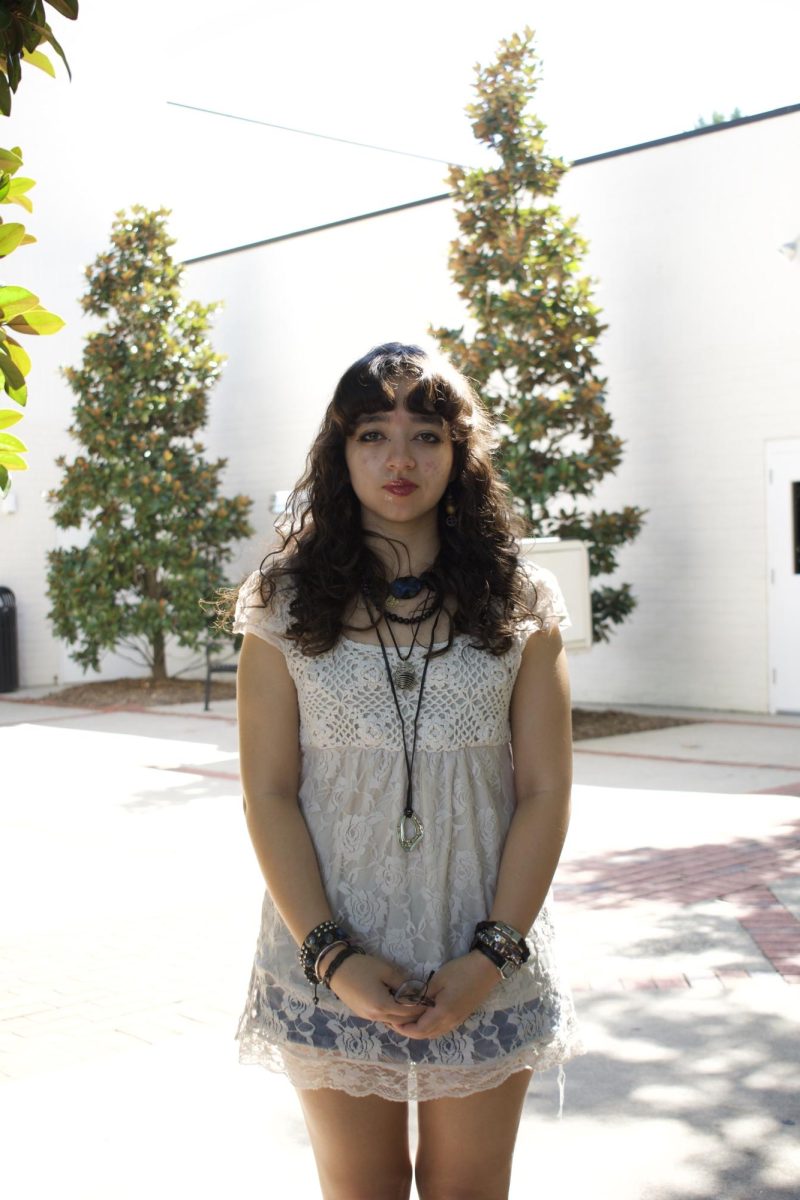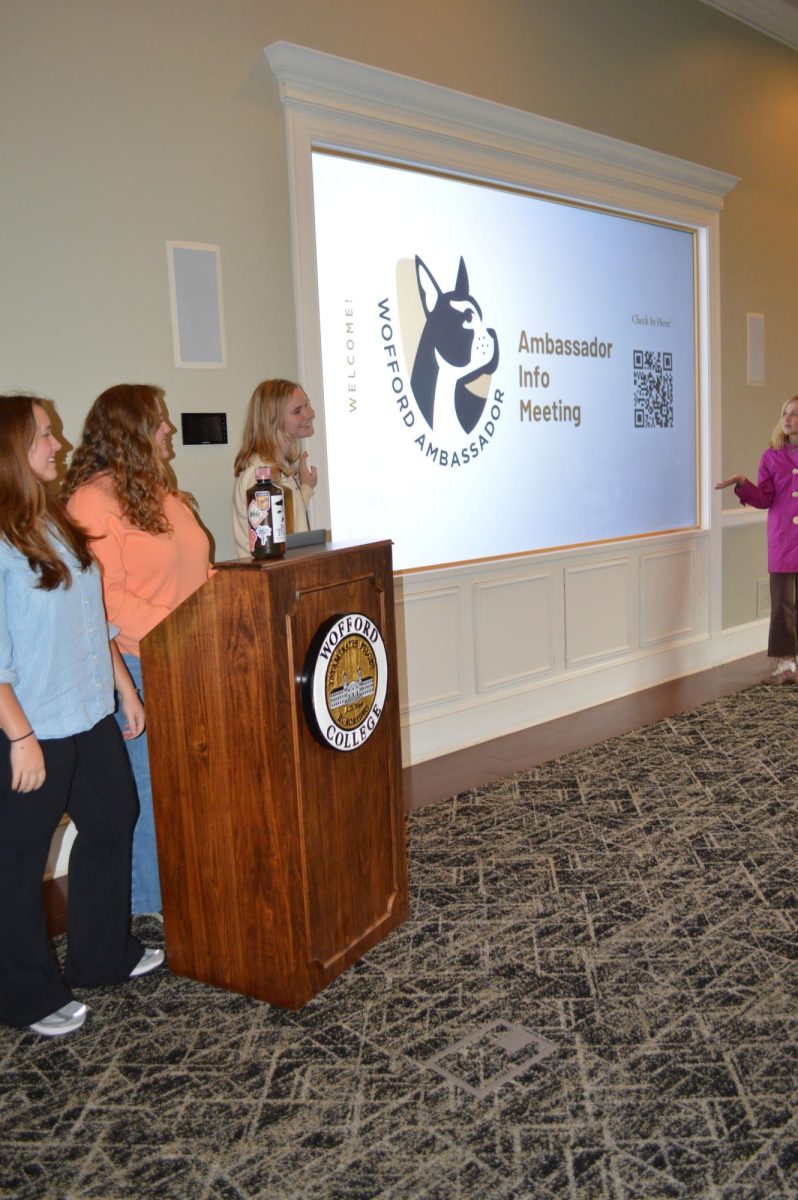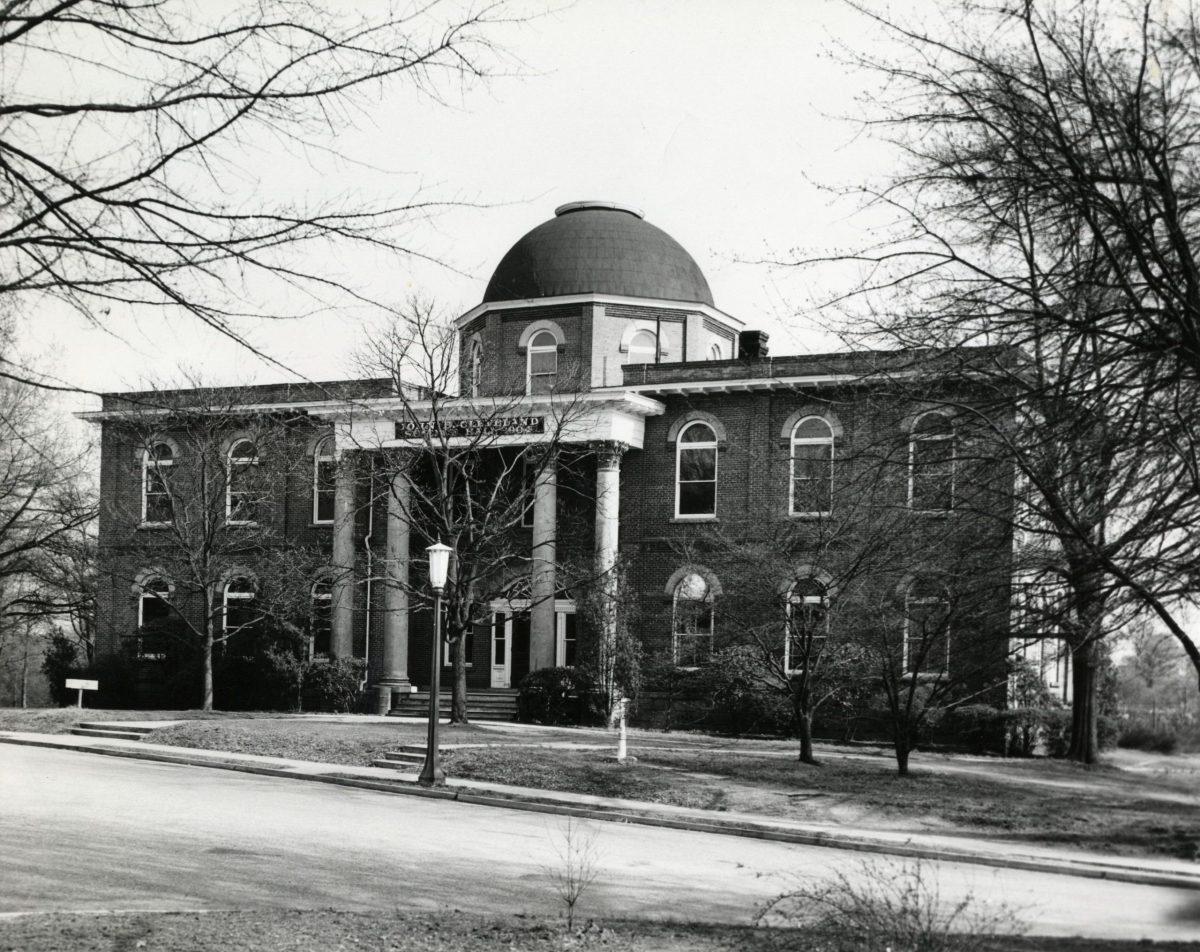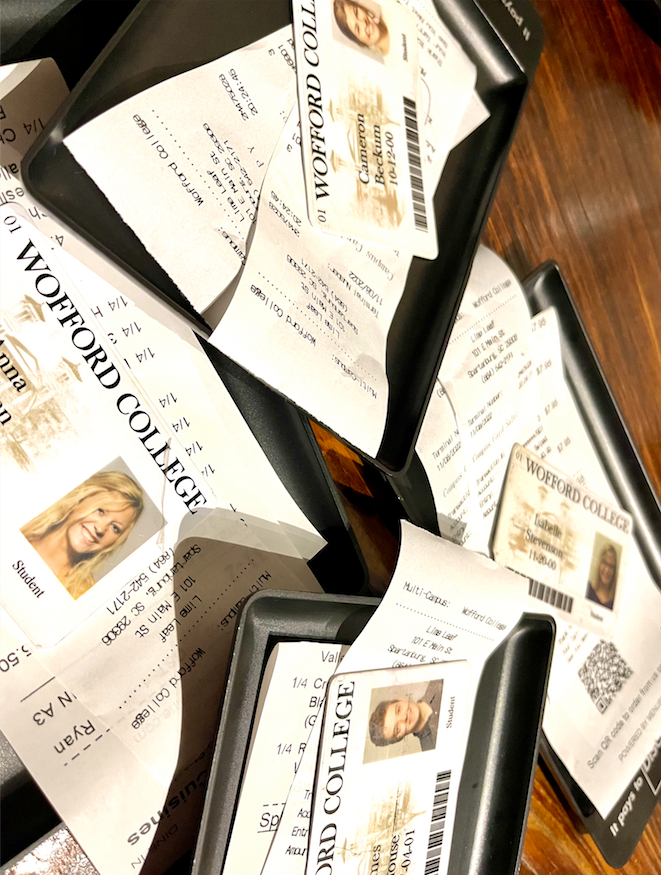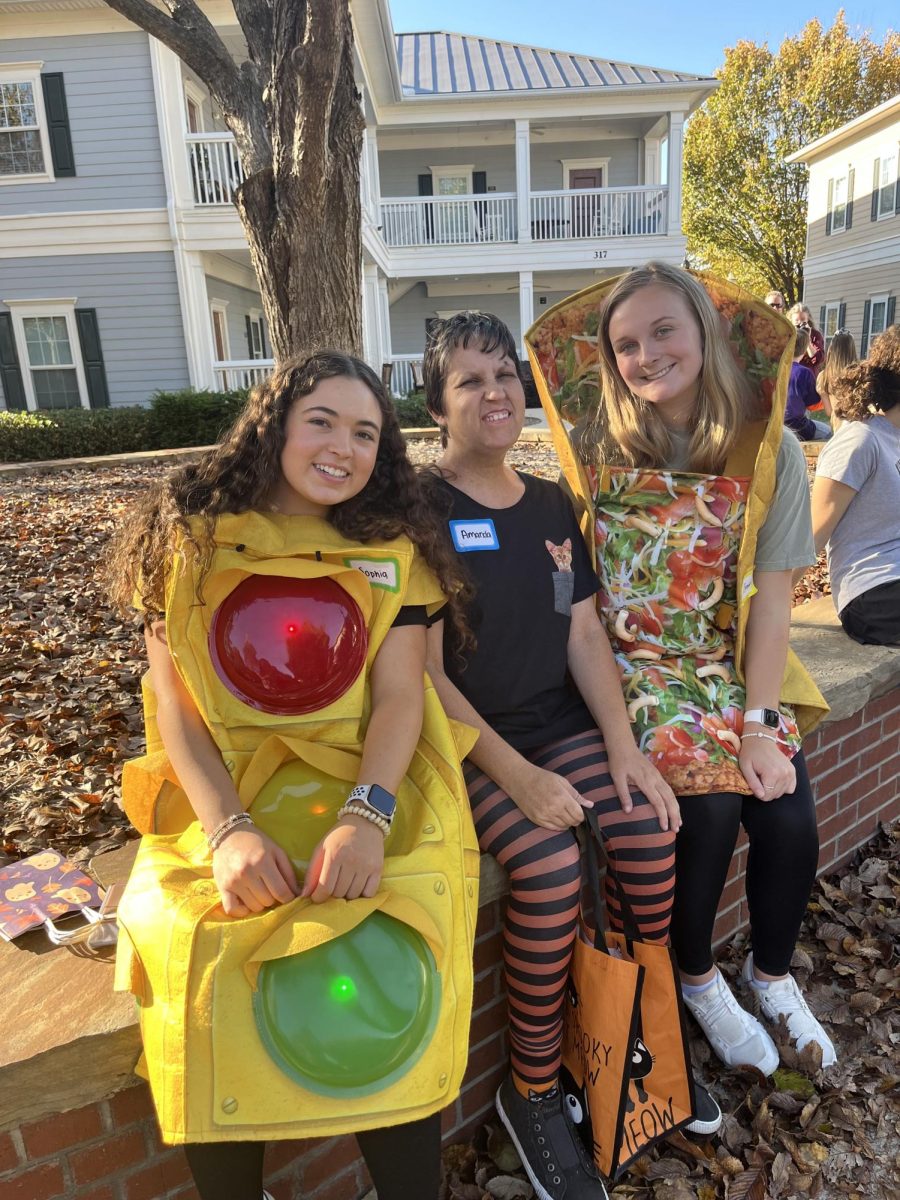THE SECOND OF FIVE ARTICLES HIGHLIGHTING THE MOST NOTABLE MOMENTS IN THE COLLEGE’S HISTORY —
In honor of the Old Gold and Black’s 100th anniversary, every issue we will share 20 memorable moments that have shaped Wofford into the college we attend today. At the end of the semester the list will total one hundred memorable moments from Wofford’s past.
In our last issue, I paid special attention to athletics and fraternity life. In addition to various fun facts, this issue’s article is stocked with sorority history, as well as a look into the progression of Wofford’s campus and educational programs. Enjoy:
1. Old Main, the Snyder House, the Carlisle-Wallace House, the DuPre Administration Building and the infirmary were the original buildings on Wofford’s campus.
2. The first addition to Wofford’s original campus was the Cleveland Science Hall constructed in 1904. It was torn down in the 1960s.
3. The original president’s house was torn down because it was too close to the railroad tracks and shook as trains passed. The current president’s house was built by a former faculty member in 1911, and was later purchased by the college. President Greene was the first president to live there.
4. The present day Daniel Building was originally Wofford’s first library. The Whitefoord Smith Library, opened in 1910, was built as a monument honoring Wofford’s first English professor. It was paid for by his daughter.
5. Carlisle Hall was the first dorm built on campus, housing its first residents in the fall of 1912. Before, the college had built meager two story cottages to accommodate students needing to live on campus. These became insufficient as admission increased.
6. Benjamin Wofford and his first wife, Anna Todd Wofford, are buried 70 feet in front of Old Main. They were not originally buried there, but their graves were moved to campus on Founder’s Day 1920.
7. Wofford’s second wife was not happy about her husband willing a large part of his fortune to a college instead of to her. Grateful she did not challenge Wofford’s will, the college gave her an honorary seat at events, and let her send a student of her choice to the college for free.
8. The first dean of Wofford College was Professor A. Mason DuPre. The college saw a need for a dean as the college and responsibilities of the president grew.
9. John Lyles Glenn Jr. was the first student body president, serving in the 1911-1912 academic year.
10. Mary Ann McCrackin was the first female student body president, serving in the 1984 – 1985 academic year.
11. Campus Union was created in the spring of 1970. It replaced a student senate.
12. Collier Slade, class of 1987, was Wofford’s first Presidential Scholar. He studied global deforestation.
13. The first Interim was in January 1968. Some interesting courses offered were: elementary Greek, a study of South Carolina history, a seminar on southern culture, and civilization and disease. There were also two travel options: a trip to Switzerland that cost $710, and one to Mexico that cost $330. Altogether there were 70 Interim classes offered.
14. In 1973 Wofford College received a large grant from the National Endowment of the Humanities to develop its humanities program. That is why today all freshmen are required to take a Humanities 101 course.
15. In Feb. 1971 four women enrolled at Wofford, starting the move towards coeducation. Two of them were daughters of an English professor at the time.
16. Zeta Tau Alpha was the first sorority to be installed at Wofford. The 16 charter members were inducted in Feb. 1978, a little over a year after the college became fully coeducational.
17. Delta Sigma Theta was the second sorority at Wofford. It was an African-American women’s service sorority.
18. Kappa Delta, chartered Nov. 1979, was the third sorority to be introduced at Wofford. Twenty members joined during the first year.
19. Former President Gerald Ford spoke at Wofford in 1980 when he was campaigning for Ronald Reagan. He warned students of politicians offering “escapism” in simple solutions and dated dreams.
20. Poet Robert Frost spoke at Wofford in 1950. He got into an argument with fellow poet Carl Sandburg, who came to hear Frost speak.



